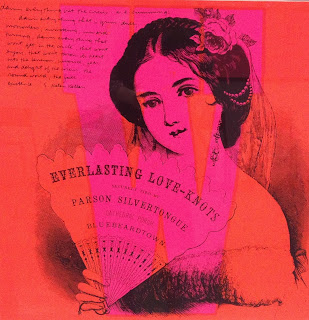This summer I took a road trip and visited two regional galleries in New Zealand. The first stop was the Len Lye Center and Govett-Brewster Gallery in New Plymouth. The new Len Lye Centre opened in 2015 and has attracted alot of attention since. It was interesting to visit a regional gallery that has managed to make such a large impact beyond its’ immediate region. Like all good aspiring art galleries, the architecture by Patterson Associates is avant garde, unusual and makes a bold statement.
The shiny and highly reflective marine grade stainless steel surface of the building continues along two curved, rippling facades. The repeating forms reflected in these reminded me of some of the Len Lye films screened inside with their jumping rhythmic film frames. The striking facade is an excellent counterpoint to the large, stainless steel kinetic sculptures exhibited inside. Whilst photographing the facade a couple of women walked past and one remarked “ I hate that building, it looks disgusting.” Regardless of some negative opinions it seems likely this new building will be hugely beneficial in developing cultural tourism to the region. Whilst I was there children were having a great time peering at their distorted images in the mirror-like surface - a facade for the selfie generation perhaps?
The Len Lye exhibition inside the building gives one a good introduction to his work and left me wanting to see more. I liked the way the steel fountains create an ever-changing series of forms as the steel rods move and shimmy. It was a delight to photograph and observe these, they reminded me of the (somewhat static!) metallic lines in some of my earlier paintings.
I was excited to come across an exhibition in the Govett-Brewster section of work by an artist I was not previously familar with. Sister Corita was a Roman Catholic nun (1918-1986) who produced and taught art in Los Angeles in the 1960’s and later in Boston. Her screenprints look extraordinarly modern and fresh, like they were produced yesterday, a reminder of how much we owe to the recent past. She used elements of popular culture to produce bright and thoughtful works. These often have a political undercurrent. I found her work fascinating and the inclusion of contemporary record covers and some posters from New Zealand by Wellington Media Collective made for an interesting show.
More information can be found here, http://www.govettbrewster.com/exhibitions/sister-coritas-summer-of-love
If you miss seeing this show at the Govett-Brewster it will be travelling to the City Gallery, Wellington later this year. http://citygallery.org.nz/exhibitions/sister-coritas-summer-love















